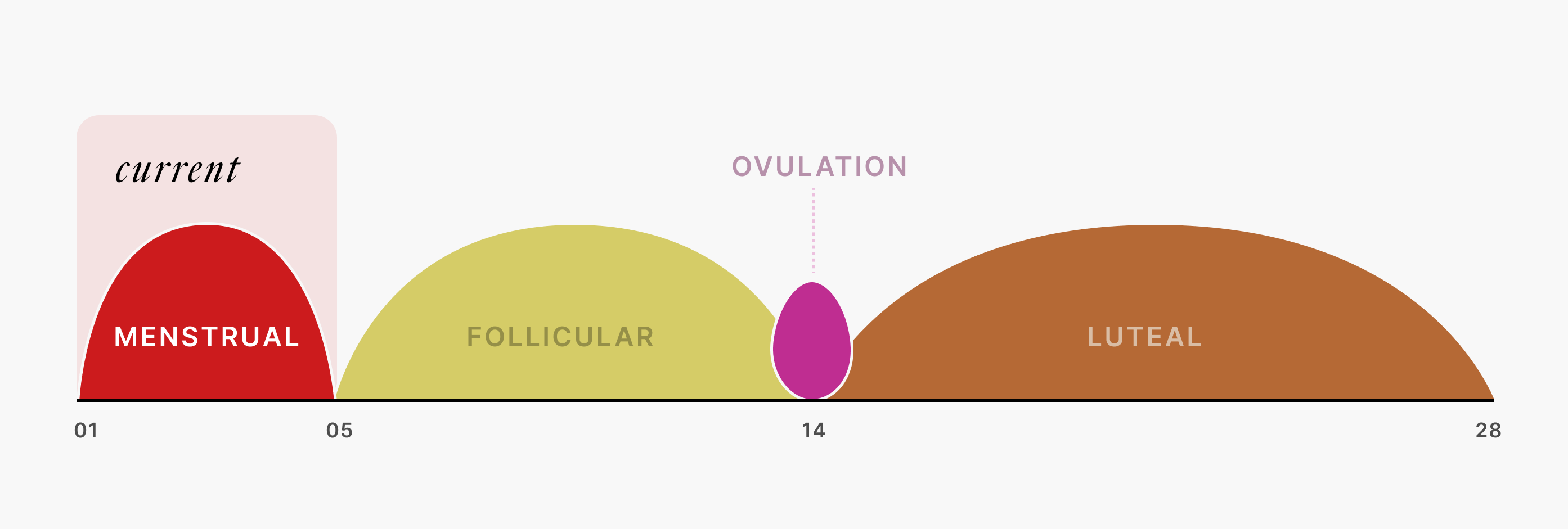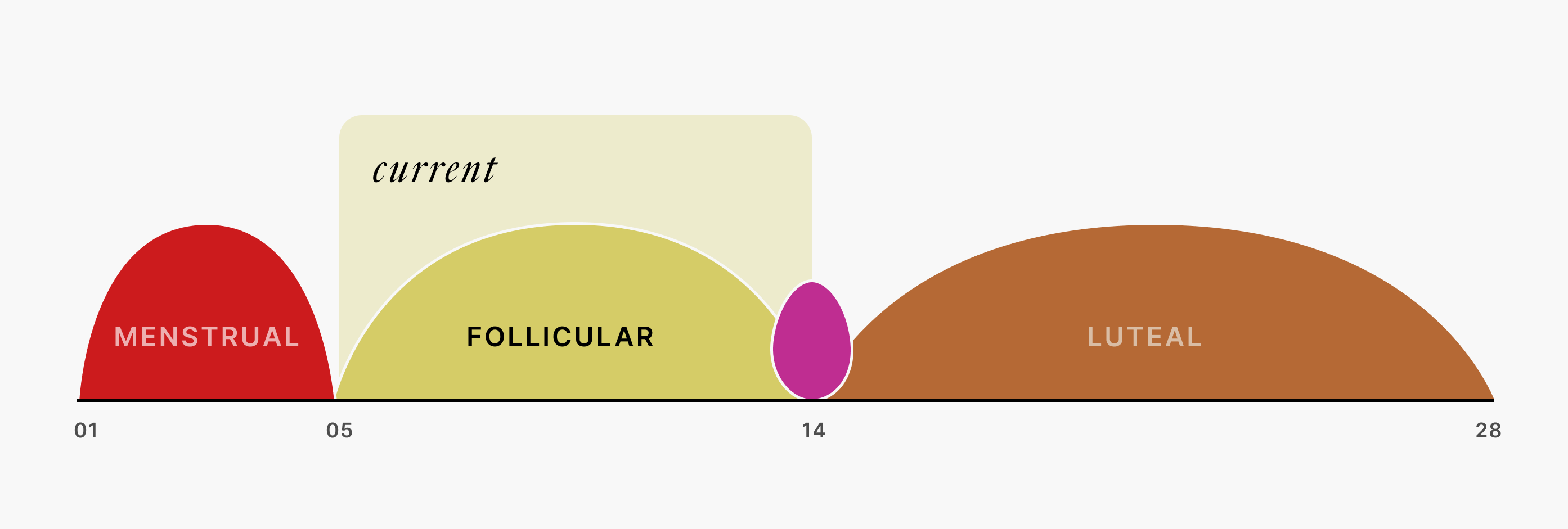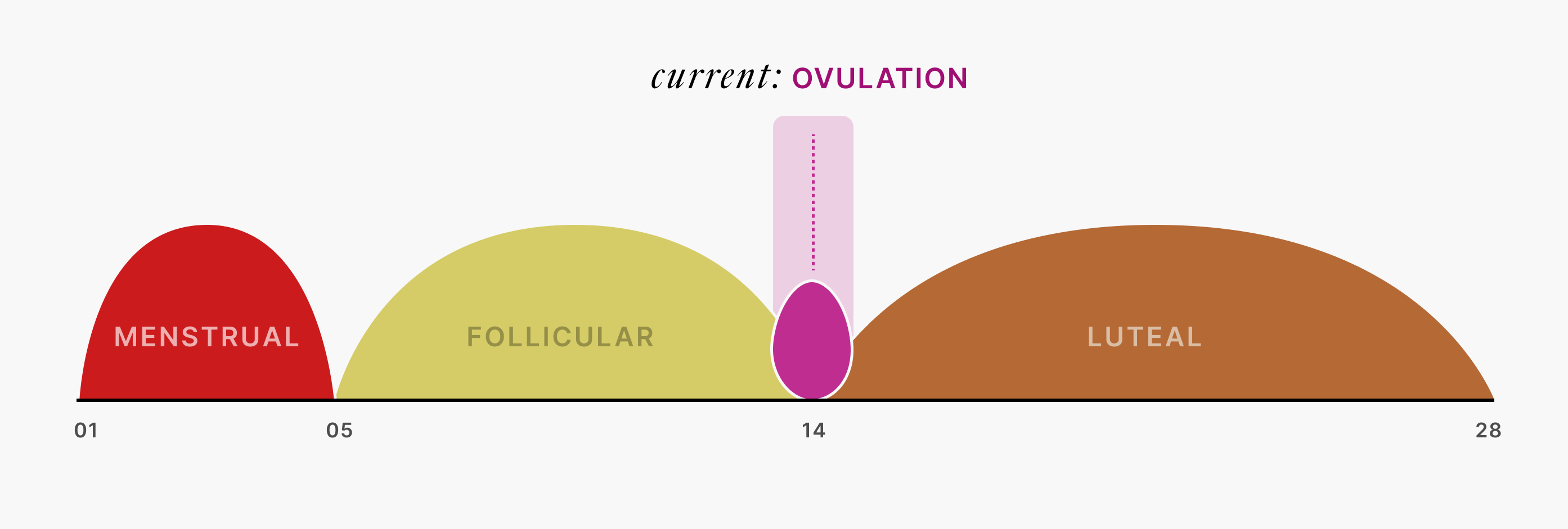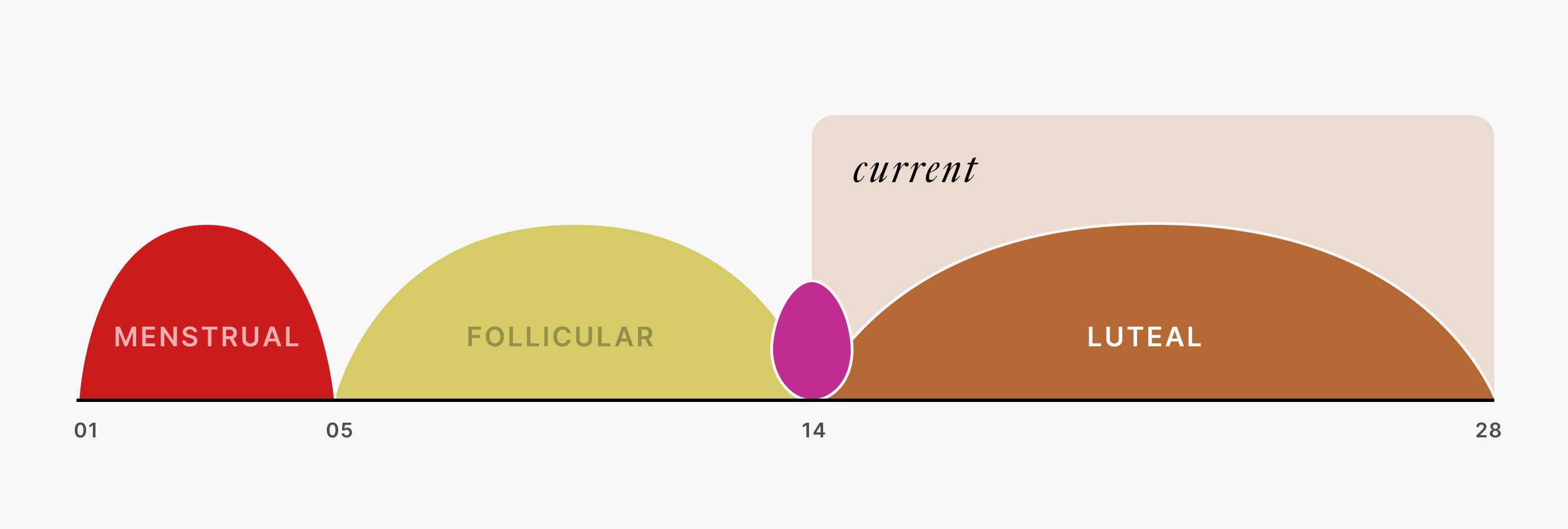Ready for a fun fact? Roughly 49% of the world will spend an average of seven years of their lives menstruating (save that one for your next cocktail party convo) 😲
In spite of that, menstruation is often shrouded in shame, secrecy, and stigma. We believe it is vital to talk openly about our cycles. Let's start with the basics: Menstruation 101.
Most of us who menstruate know the playbook: the menstrual cycle typically lasts between 28 to 32 days, but everyone's is different and can range from 21 to 35 days. One of our two ovaries releases an egg and our uterus, the body’s best prepper, gets ready just in case that egg is fertilized. It thickens its lining to house the fertilized egg as it grows into an embryo. No fertilization? No problem. It sheds its lining and flows out as period blood.
But there’s a lot more going on under the hood that we might not know or appreciate. This is partly because menstruators in many parts of the world have limited or no access to comprehensive reproductive health education. In the US, as many as one in three menstruators might not fully understand their own cycles.
We want to drop as much knowledge as possible, so we’re starting with a 101 course on the four phases of the menstrual cycle.
Menstrual phase (3 to 7 days): The Cleanup Crew 👷

The cycle begins with your body’s recognition that the egg released in your previous cycle has not been fertilized. Estrogen and progesterone levels fall, which typically prompts the release of the uterine lining – blood, mucus, and tissue – in the form of a period. This phase generally lasts between two and seven days.
For many people, the drop in estrogen and progesterone may also cause a significant dip in energy, so you may become more tired than usual during this part of your cycle. You may also feel irritable or more emotional than usual, and may experience physical symptoms such as lower back pain, cramps, bloating, headaches, and tenderness in your breasts.
Follicular phase (10 to 14 days): The Five-Hour Energy Drink ⚡️

The next phase of your cycle, known as the follicular phase, lasts between 11 and 27 days. It begins when your hypothalamus signals your pituitary gland to release follicle-stimulating hormone (FSH) and trigger ovulation. This phase overlaps with the menstrual phase, as it begins on the first day of your period and ends when an egg is released.
The FSH spurs the ovaries to produce 5-20 sacs – or follicles – each containing an immature egg. Of these, only the healthiest egg will mature, while the rest will be reabsorbed by the body. The maturing of the earmarked egg in turn increases the body’s production of estrogen, which causes the lining of the uterus to thicken into a nutritious environment for a growing embryo.
This portion of the cycle is when many of us experience a boost in energy and mood, so you may notice you have an extra spring in your step or amped up creative energy. So if you’re planning to tackle a big project or begin a demanding hiking trip, your follicular phase may be the right time to do it.
Ovulation (12 to 24 hours): Party Night 🎉

The ovulation phase is the part of your cycle when pregnancy is most possible. It typically takes place at the halfway point of the cycle. If your cycle is 28 days long, for instance, ovulation will most likely begin on day 14, and last for just one day.
During this stage of menstruation, estrogen levels – on the increase throughout your follicular phase – reach a level that tells your pituitary gland it’s time to produce luteinizing hormone (LH), which in turn prompts your ovary to release the egg that’s reached maturity. At any point during its journey down the fallopian tubes and into the uterus, that egg can be fertilized by sperm. If the egg isn’t fertilized, it will die or dissolve after 24 hours.
This phase of the cycle is typically when both energy and sexual arousal levels peak, so plan accordingly!
Luteal phase (10 to 14 days): The Vibe Killer 😓

Whether or not your egg is fertilized, the luteal phase begins when ovulation ends. It lasts for about 14 days.
This phase gets its name from the corpus luteum: a structure that starts to form as soon as the mature egg pops out of the follicle during ovulation. This structure, vital for both conception and pregnancy, primarily exists to keep the uterine lining thick. It does this by releasing progesterone and some estrogen.
If you do become pregnant during ovulation, your body will also begin producing human chorionic gonadotropin (hCG), which helps support the corpus luteum. hCG is the hormone that pregnancy tests detect in your urine.
If there is no pregnancy, the corpus luteum will be reabsorbed into your body. This reabsorption leads to a decline in estrogen and progesterone, which takes us full circle to phase 1: menstruation. 🔴
During this phase, you may begin to experience symptoms of premenstrual syndrome (PMS) or its more acute form, premenstrual dysphoric disorder (PMDD). Symptoms can include bloating, fatigue, weight gain, headaches, mood swings, insomnia, and tenderness in breasts. Because your energy levels may be lower than usual during this time of the month, you may benefit from a little extra rest and relaxation now.
Why should I use a cycle tracking app?
While most people’s menstrual cycles follow a roughly similar pattern, no two are the same. Phases can be longer or shorter than average, and the symptoms and sensations can vary widely. That’s why it’s so important to get to know your unique cycle – so you can monitor, anticipate, and plan for the changes that happen to your body each month.
By tracking your menstrual cycle, you can better understand your body and plan your life accordingly. Plus, you can track symptoms like cramps, mood swings, and headaches, which can give you a better understanding of how your body works. And let's not forget about the convenience factor - you can access your cycle tracking app anytime, anywhere, which means you'll always have the information you need at your fingertips.
But, in today's world, it’s just as important to know who can access that information. That's why an encrypted cycle tracking app like Embody can help you understand your cycle while also keeping you (and your data) safe..
With so much uncertainty around data privacy and government surveillance, it's important to protect your personal information, including your menstrual cycle data. Embody ensures that your data is safe and secure, and that it can't be accessed by anyone who shouldn't have access to it.
Remember: your body is yours alone.





